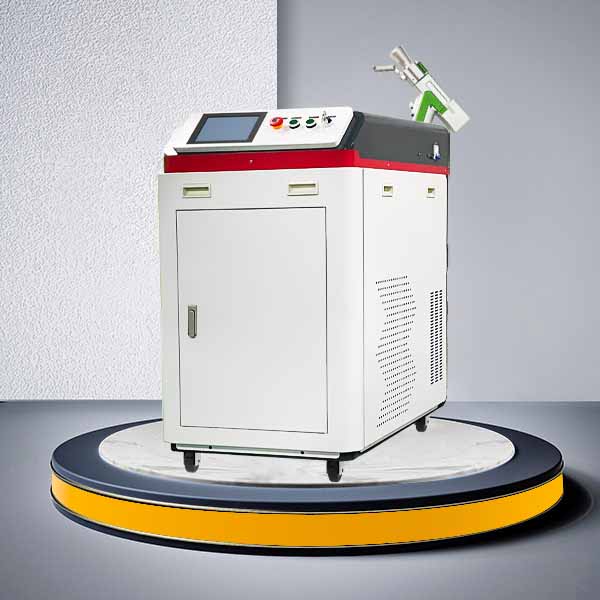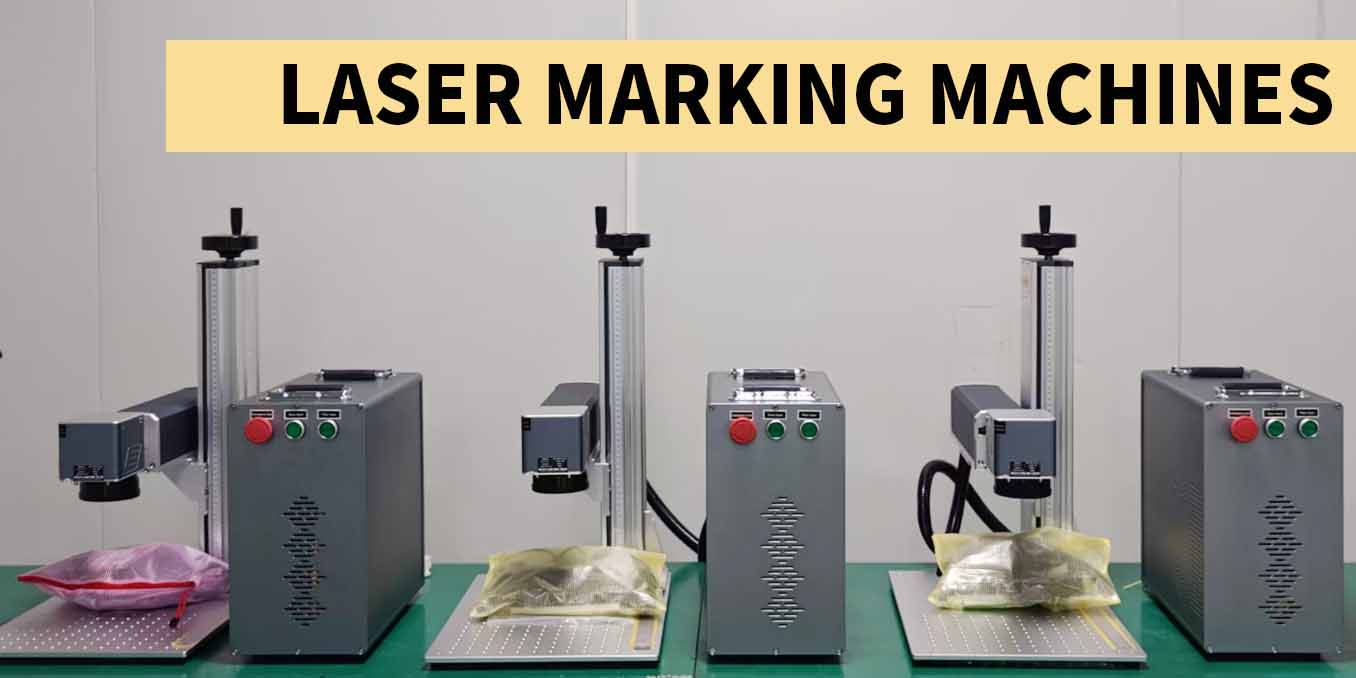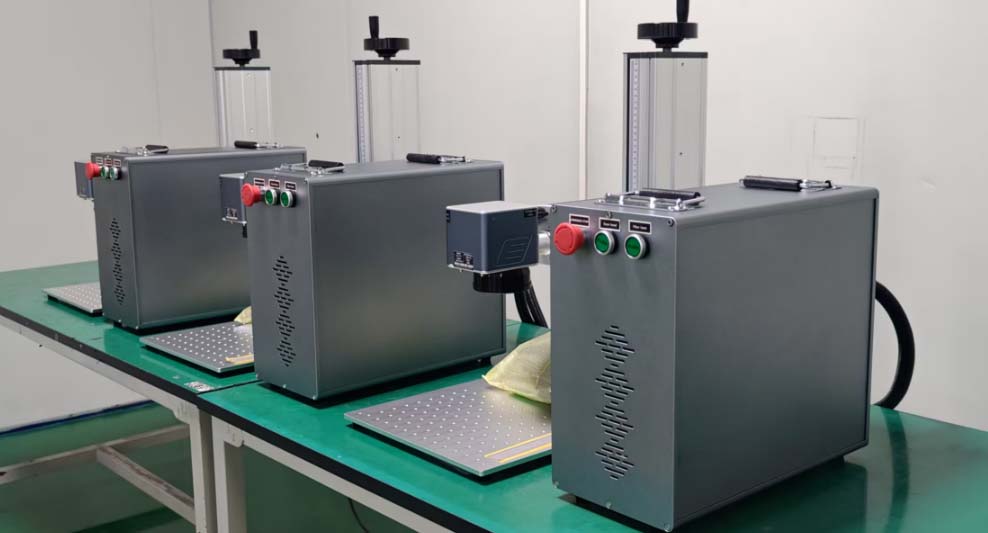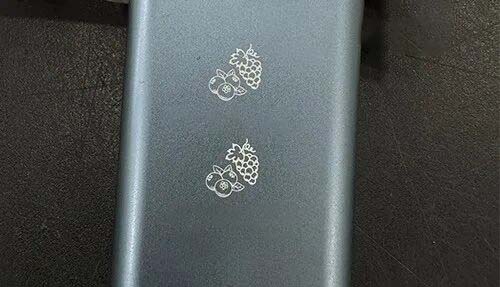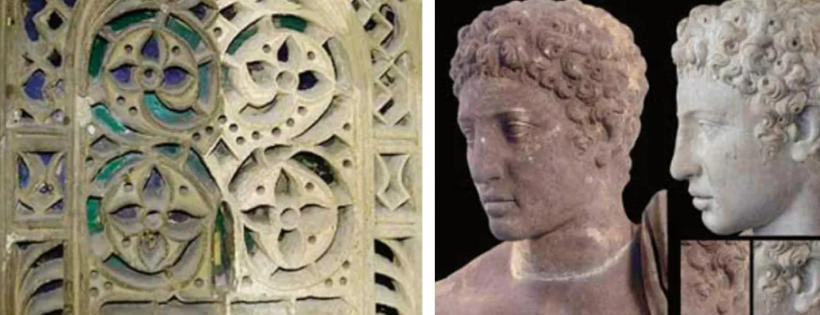
The application of laser cleaning technology in the field of cultural heritage restoration and maintenance began in the 1970s, shortly after the invention of the laser. It represents an advanced and successful integration of modern laser technology into traditional cultural preservation practices. Compared with conventional cleaning methods such as mechanical, chemical, or ultrasonic cleaning, laser cleaning offers unique advantages, including selectivity, environmental friendliness, non-contact operation, and high controllability. It has gradually become one of the most important tools for artifact cleaning, restoration, and protection. After decades of development, modern laser cleaning has evolved from nanosecond to femtosecond pulse technology, achieving micron-level precision. Today, it acts as a “precision scalpel” in cultural heritage preservation, being widely used in the cleaning of stone, metal, and painted artifacts.
In the early 1970s, scientists proposed that laser cleaning could be used for cleaning ancient murals and sculptures. The first experimental cleaning of stone surfaces in Venice demonstrated its feasibility and marked the beginning of this technology’s application in heritage conservation. By the 1980s, with rapid progress in laser science, many European countries began using this technology for stone monument protection. Iconic heritage sites such as cathedrals and ancient sculptures were successfully cleaned using laser systems, restoring their historical brilliance.
Since 2000, numerous successful cases have demonstrated the capability of laser cleaning technology in heritage conservation. Advanced femtosecond laser systems have been developed to remove persistent encrustations from marble structures, such as those found in ancient temples and sculptures. Mobile laser cleaning systems have also been applied to mural restoration projects and have led to the establishment of extensive databases of laser cleaning parameters. Today, laser cleaning is recognized globally as an essential and reliable technique in cultural heritage conservation.

Laser Cleaning in the Restoration of Ancient Greek Sculptures
Balancing safety and effectiveness: Laser cleaning applications
In ancient Greek temples, the use of dual-wavelength laser cleaning (1064 nm infrared and 355 nm ultraviolet) has proven to be a breakthrough innovation. The infrared laser reduces the thickness of dark encrustations, while the ultraviolet laser removes residual particles, preventing damage and discoloration of marble surfaces. This precise, layer-by-layer removal ensures artifact safety and visual restoration accuracy.
In Croatia, laser cleaning was successfully applied to the fourth-century Roman palace in Split. The iconic white arcades and stone columns, darkened over centuries, were meticulously cleaned with laser systems. Traditional methods would have risked structural damage, but laser cleaning restored the original appearance without loss of detail, marking the first large-scale stone architectural laser cleaning project in Europe.
In France, laser cleaning has been used to restore artworks by removing centuries of accumulated pollutants, revealing vibrant colors and fine details once hidden under grime. Similarly, in Italy, ancient wall paintings have been cleaned with laser systems to recover their original brilliance while preserving the underlying pigments, demonstrating that laser cleaning can achieve the perfect balance between preservation and restoration.
Laser Cleaning Applications in China
In China, the adoption of laser cleaning technology in heritage protection is still emerging. Research efforts are mainly led by universities and scientific institutions, which have applied the technology to sites such as ancient caves, stone temples, and large Buddha statues. By adjusting pulse duration and energy density, researchers achieved non-destructive cleaning of paper-based artifacts, improving restoration efficiency by several times.

A major technological milestone was achieved recently when laser cleaning was successfully applied to stone heritage structures within the Imperial Palace. Researchers developed a new type of laser cleaning device capable of emitting three different wavelengths simultaneously, with adjustable mixed outputs to meet diverse artifact cleaning needs. This innovation allows precise control across multiple materials, ensuring safe, efficient, and targeted cleaning for valuable cultural relics.

Key Techniques in Laser Cleaning for Artifacts
Different materials require customized laser cleaning systems. Research is focusing on multi-parameter modulation of laser fields to optimize cleaning results for various artifacts. Scientists are exploring the interaction mechanisms between laser beams and materials like metal and stone to identify ideal parameters for different contaminants.
For example, experiments show that using 1064 nm near-infrared and 355 nm ultraviolet lasers at energy levels of 16.8 mJ and 1.2 mJ respectively can effectively remove thick dark encrustations. However, results also depend heavily on operator technique, indicating that precision control and standardized procedures are essential for consistent outcomes.
Avoiding Overcleaning: Challenges in Laser Cleaning
Lack of standardization: One of the major challenges in laser cleaning technology is the absence of standardized operational protocols. Each artifact requires customized cleaning parameters. To address this, new diagnostic tools such as holographic interferometry are being developed to detect subsurface microcracks, improving both precision and repeatability in cleaning.
Avoiding overcleaning: Many artifacts naturally develop surface patinas that enhance their historical character. Excessive cleaning can remove these features and expose the substrate to environmental damage. It is therefore crucial to maintain a balance between cleaning depth and preservation integrity, ensuring that the process enhances appearance without compromising authenticity.
Trends and Future Prospects
The future of laser cleaning lies in the integration of multiple technologies such as hyperspectral imaging, 3D scanning, and digital twin modeling, forming a comprehensive “diagnosis–restoration–monitoring” system. For example, in mural restoration projects, laser cleaning combined with hyperspectral imaging enables real-time monitoring and digital documentation of the restoration process, ensuring transparency and traceability.
Industry forecasts indicate that the market size of laser cleaning in cultural heritage restoration could reach 1.5 billion RMB by 2025 and exceed 4 billion RMB by 2030. Globally, the demand for cultural heritage protection is expected to drive the market to several billion U.S. dollars. This growth is fueled by technological advancements, lower costs, and supportive cultural policies.
With its non-contact, precise, and environmentally friendly characteristics, laser cleaning technology has become a revolutionary tool in the conservation of cultural relics and monuments. As innovation continues and international collaboration deepens, its application scope will further expand, providing new technological momentum for the sustainable preservation of human civilization.

